FORCED LABOR COMPENSATION PROVES DIFFICULT
입력 2021.12.02 (15:21)
수정 2021.12.02 (16:46)
읽어주기 기능은 크롬기반의
브라우저에서만 사용하실 수 있습니다.
[Anchor Lead]
It's been three years since Korea's Supreme Court ordered the Japanese company Mitsubishi to pay compensation to the victims of wartime forced labor. But in order to receive compensation, they have to prove on their own that they were conscripted by force to work for the firm. Tokyo claims there is no data on welfare pension, which would serve as crucial evidence. the Japanese government has even changed the relevant laws to make it difficult for the victims to receive their pensions.
[Pkg]
The Nagoya Mitsubishi Forced Laborer Support Group helps those who were conscripted by force during the Asia-Pacific War. Back in March, 11 victims requested the Japan Pension Service to give them permission to view records on welfare pension in order to find proof of forced labor. But they were told there were no such records. The support group applied for permission again by submitting one of the victim's photos taken during her conscription, her Japanese name and pension number. A Japanese lawmaker stepped in to request permission on behalf of the victims. He was told that the archives disappeared during the war, but subscription to welfare pension could be recognized nonetheless. A response received five months later even indicated a pension subscription period at Mitsubishi Heavy Industries' aircraft manufacturing site in Nagoya, where forced laborers worked.
[Soundbite] Yutaka Koide(Nagoya Mitsubishi Forced Laborer Support Group) : "They said they didn't do it just because a lawmaker pushed them to do it. (Is that it?) Yes."
Seven decades have passed since the forced conscription of Korean workers, but the Japanese government says it can only pay as much as was recognized in 1945. This means, each victim can receive a paltry amount of slightly over one thousand Korean won, or 99 Japanese yen. Under the revised laws, victims must apply for welfare pensions on their own.
[Soundbite] Yutaka Koide(Nagoya Mitsubishi Forced Laborer Support Group) : "(It's going to take a while to go through all the procedures in Japan.) Right. I think they hope the victims will die by then."
Civic groups suspect the Japanese government of trying to conceal archives to prevent further lawsuits filed by victims.
[Soundbite] Lee Kuk-eon(Civic group supporting victims of wartime forced labor) : "When it comes to taking away money, they do it right away. But when it comes to paying back, they demand that victims apply on their own. It's another way of ridiculing them."
The Japanese government's lies and concealment of facts and the Korean government's lack of interest in the victims of wartime forced labor have left them with little time to receive compensation and apology for their suffering.
It's been three years since Korea's Supreme Court ordered the Japanese company Mitsubishi to pay compensation to the victims of wartime forced labor. But in order to receive compensation, they have to prove on their own that they were conscripted by force to work for the firm. Tokyo claims there is no data on welfare pension, which would serve as crucial evidence. the Japanese government has even changed the relevant laws to make it difficult for the victims to receive their pensions.
[Pkg]
The Nagoya Mitsubishi Forced Laborer Support Group helps those who were conscripted by force during the Asia-Pacific War. Back in March, 11 victims requested the Japan Pension Service to give them permission to view records on welfare pension in order to find proof of forced labor. But they were told there were no such records. The support group applied for permission again by submitting one of the victim's photos taken during her conscription, her Japanese name and pension number. A Japanese lawmaker stepped in to request permission on behalf of the victims. He was told that the archives disappeared during the war, but subscription to welfare pension could be recognized nonetheless. A response received five months later even indicated a pension subscription period at Mitsubishi Heavy Industries' aircraft manufacturing site in Nagoya, where forced laborers worked.
[Soundbite] Yutaka Koide(Nagoya Mitsubishi Forced Laborer Support Group) : "They said they didn't do it just because a lawmaker pushed them to do it. (Is that it?) Yes."
Seven decades have passed since the forced conscription of Korean workers, but the Japanese government says it can only pay as much as was recognized in 1945. This means, each victim can receive a paltry amount of slightly over one thousand Korean won, or 99 Japanese yen. Under the revised laws, victims must apply for welfare pensions on their own.
[Soundbite] Yutaka Koide(Nagoya Mitsubishi Forced Laborer Support Group) : "(It's going to take a while to go through all the procedures in Japan.) Right. I think they hope the victims will die by then."
Civic groups suspect the Japanese government of trying to conceal archives to prevent further lawsuits filed by victims.
[Soundbite] Lee Kuk-eon(Civic group supporting victims of wartime forced labor) : "When it comes to taking away money, they do it right away. But when it comes to paying back, they demand that victims apply on their own. It's another way of ridiculing them."
The Japanese government's lies and concealment of facts and the Korean government's lack of interest in the victims of wartime forced labor have left them with little time to receive compensation and apology for their suffering.
■ 제보하기
▷ 카카오톡 : 'KBS제보' 검색, 채널 추가
▷ 전화 : 02-781-1234, 4444
▷ 이메일 : kbs1234@kbs.co.kr
▷ 유튜브, 네이버, 카카오에서도 KBS뉴스를 구독해주세요!
- FORCED LABOR COMPENSATION PROVES DIFFICULT
-
- 입력 2021-12-02 15:21:29
- 수정2021-12-02 16:46:07
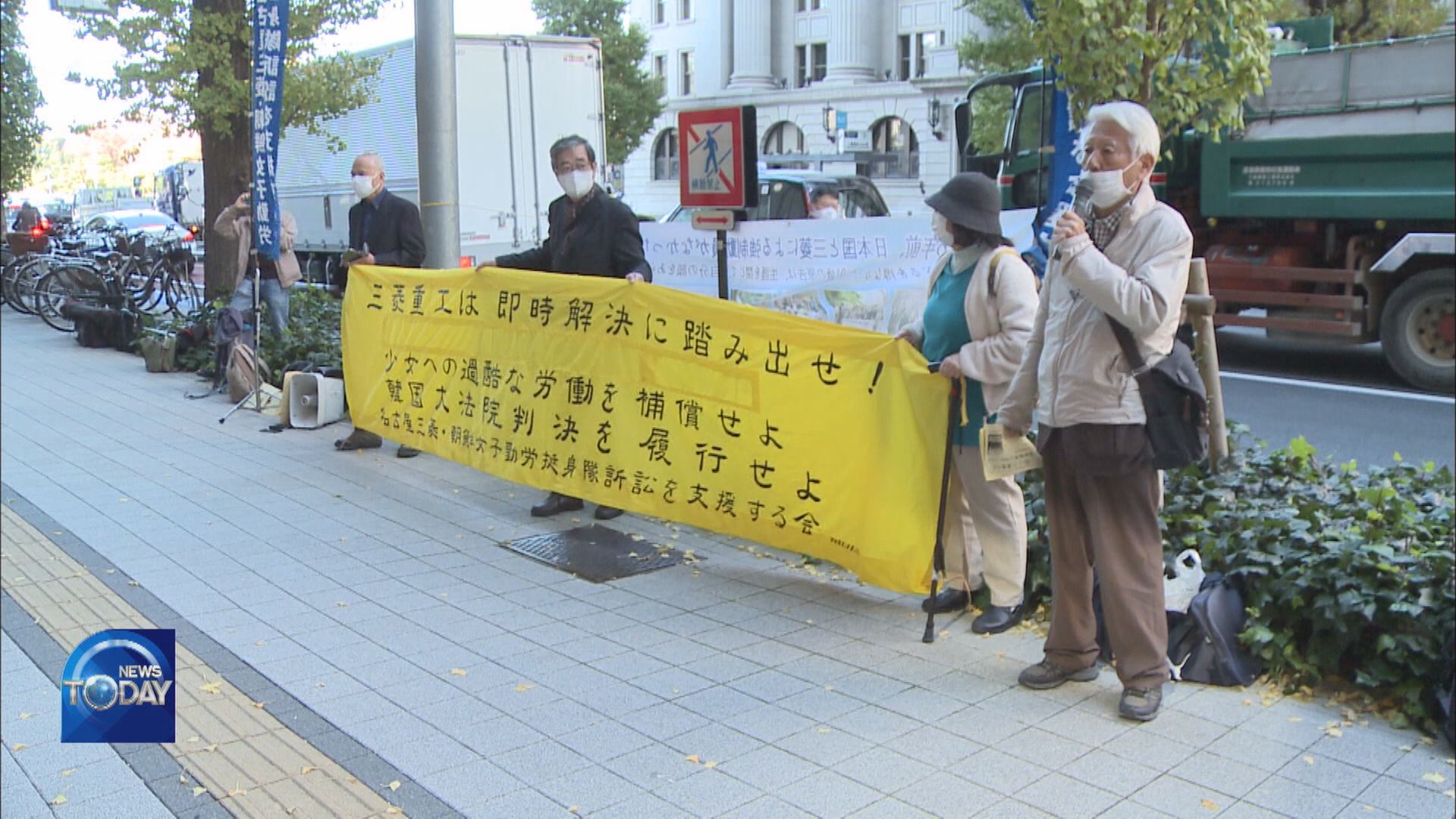
[Anchor Lead]
It's been three years since Korea's Supreme Court ordered the Japanese company Mitsubishi to pay compensation to the victims of wartime forced labor. But in order to receive compensation, they have to prove on their own that they were conscripted by force to work for the firm. Tokyo claims there is no data on welfare pension, which would serve as crucial evidence. the Japanese government has even changed the relevant laws to make it difficult for the victims to receive their pensions.
[Pkg]
The Nagoya Mitsubishi Forced Laborer Support Group helps those who were conscripted by force during the Asia-Pacific War. Back in March, 11 victims requested the Japan Pension Service to give them permission to view records on welfare pension in order to find proof of forced labor. But they were told there were no such records. The support group applied for permission again by submitting one of the victim's photos taken during her conscription, her Japanese name and pension number. A Japanese lawmaker stepped in to request permission on behalf of the victims. He was told that the archives disappeared during the war, but subscription to welfare pension could be recognized nonetheless. A response received five months later even indicated a pension subscription period at Mitsubishi Heavy Industries' aircraft manufacturing site in Nagoya, where forced laborers worked.
[Soundbite] Yutaka Koide(Nagoya Mitsubishi Forced Laborer Support Group) : "They said they didn't do it just because a lawmaker pushed them to do it. (Is that it?) Yes."
Seven decades have passed since the forced conscription of Korean workers, but the Japanese government says it can only pay as much as was recognized in 1945. This means, each victim can receive a paltry amount of slightly over one thousand Korean won, or 99 Japanese yen. Under the revised laws, victims must apply for welfare pensions on their own.
[Soundbite] Yutaka Koide(Nagoya Mitsubishi Forced Laborer Support Group) : "(It's going to take a while to go through all the procedures in Japan.) Right. I think they hope the victims will die by then."
Civic groups suspect the Japanese government of trying to conceal archives to prevent further lawsuits filed by victims.
[Soundbite] Lee Kuk-eon(Civic group supporting victims of wartime forced labor) : "When it comes to taking away money, they do it right away. But when it comes to paying back, they demand that victims apply on their own. It's another way of ridiculing them."
The Japanese government's lies and concealment of facts and the Korean government's lack of interest in the victims of wartime forced labor have left them with little time to receive compensation and apology for their suffering.
It's been three years since Korea's Supreme Court ordered the Japanese company Mitsubishi to pay compensation to the victims of wartime forced labor. But in order to receive compensation, they have to prove on their own that they were conscripted by force to work for the firm. Tokyo claims there is no data on welfare pension, which would serve as crucial evidence. the Japanese government has even changed the relevant laws to make it difficult for the victims to receive their pensions.
[Pkg]
The Nagoya Mitsubishi Forced Laborer Support Group helps those who were conscripted by force during the Asia-Pacific War. Back in March, 11 victims requested the Japan Pension Service to give them permission to view records on welfare pension in order to find proof of forced labor. But they were told there were no such records. The support group applied for permission again by submitting one of the victim's photos taken during her conscription, her Japanese name and pension number. A Japanese lawmaker stepped in to request permission on behalf of the victims. He was told that the archives disappeared during the war, but subscription to welfare pension could be recognized nonetheless. A response received five months later even indicated a pension subscription period at Mitsubishi Heavy Industries' aircraft manufacturing site in Nagoya, where forced laborers worked.
[Soundbite] Yutaka Koide(Nagoya Mitsubishi Forced Laborer Support Group) : "They said they didn't do it just because a lawmaker pushed them to do it. (Is that it?) Yes."
Seven decades have passed since the forced conscription of Korean workers, but the Japanese government says it can only pay as much as was recognized in 1945. This means, each victim can receive a paltry amount of slightly over one thousand Korean won, or 99 Japanese yen. Under the revised laws, victims must apply for welfare pensions on their own.
[Soundbite] Yutaka Koide(Nagoya Mitsubishi Forced Laborer Support Group) : "(It's going to take a while to go through all the procedures in Japan.) Right. I think they hope the victims will die by then."
Civic groups suspect the Japanese government of trying to conceal archives to prevent further lawsuits filed by victims.
[Soundbite] Lee Kuk-eon(Civic group supporting victims of wartime forced labor) : "When it comes to taking away money, they do it right away. But when it comes to paying back, they demand that victims apply on their own. It's another way of ridiculing them."
The Japanese government's lies and concealment of facts and the Korean government's lack of interest in the victims of wartime forced labor have left them with little time to receive compensation and apology for their suffering.
이 기사가 좋으셨다면
-
좋아요
0
-
응원해요
0
-
후속 원해요
0










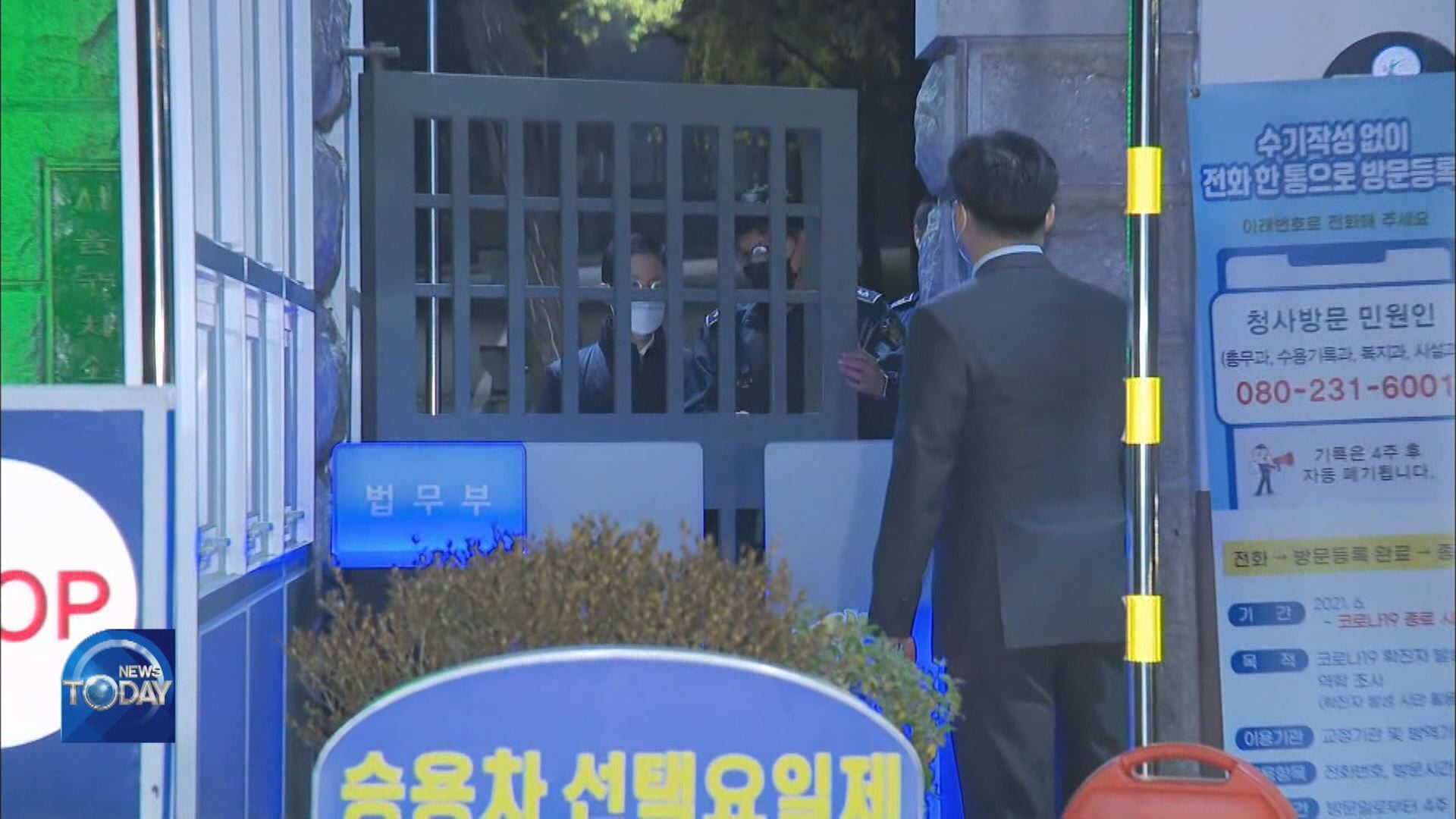
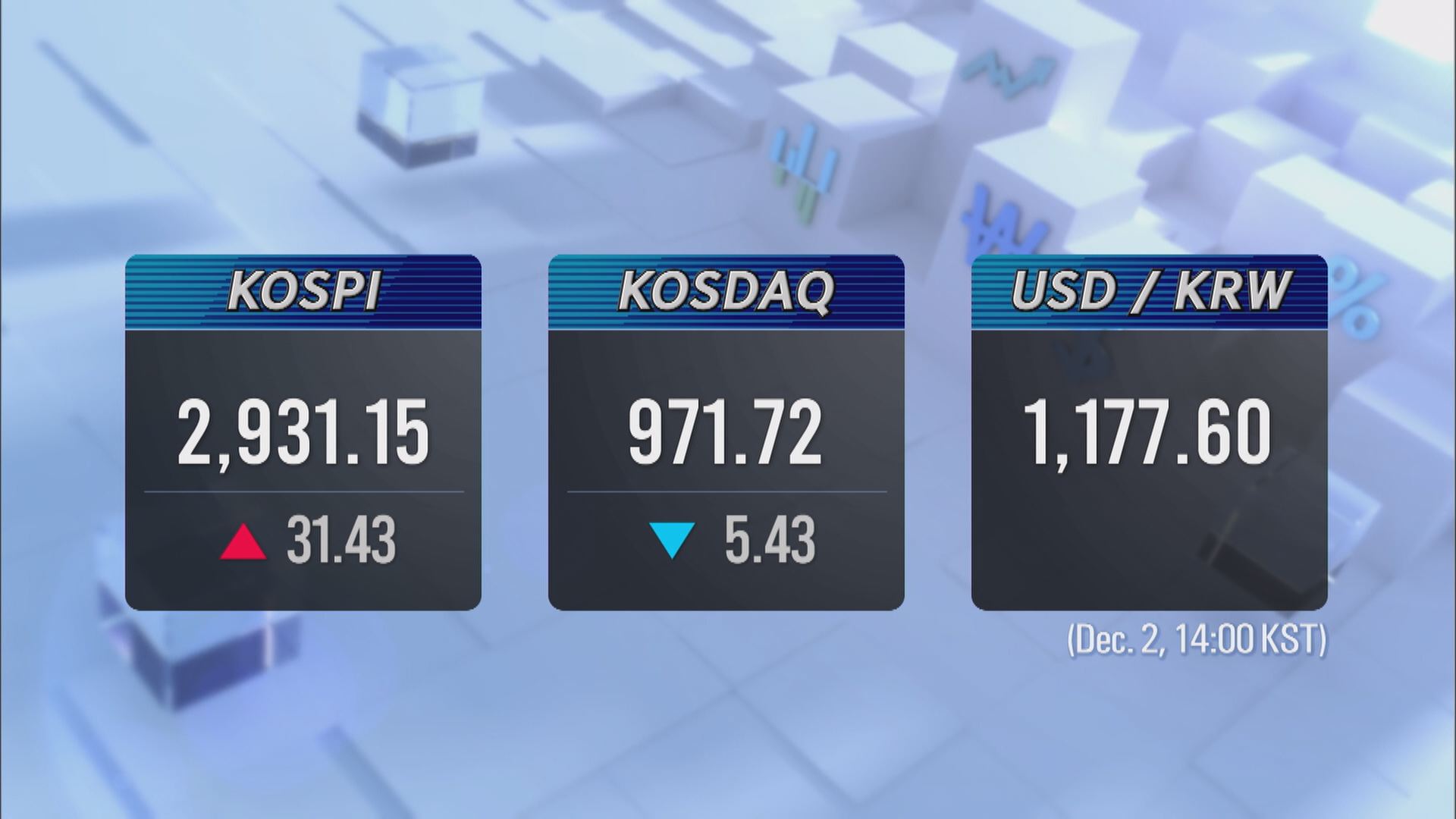
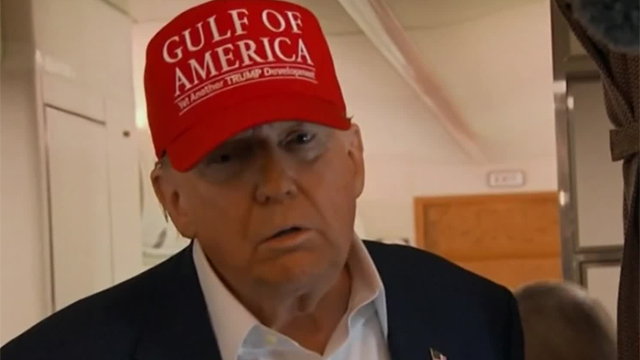
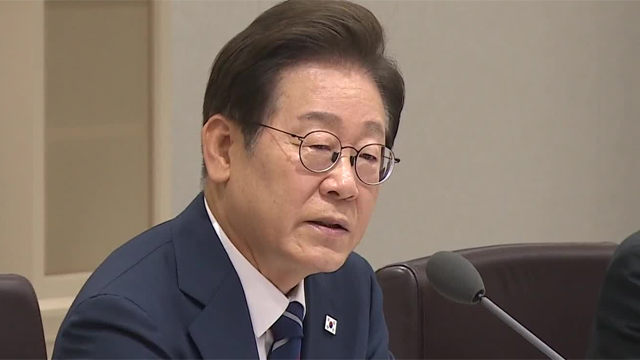
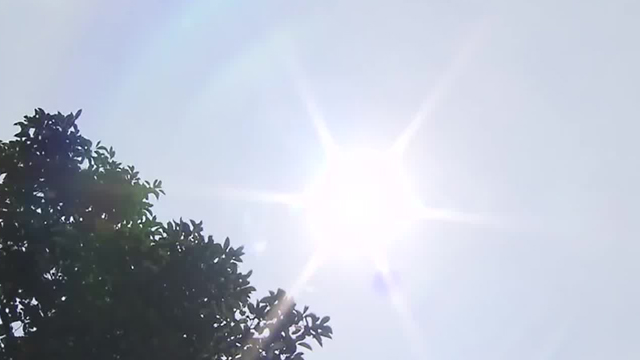
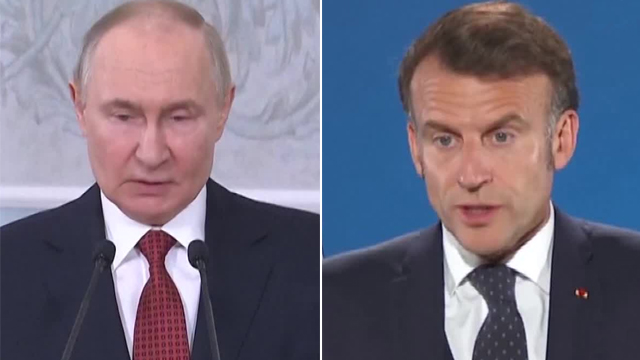

이 기사에 대한 의견을 남겨주세요.